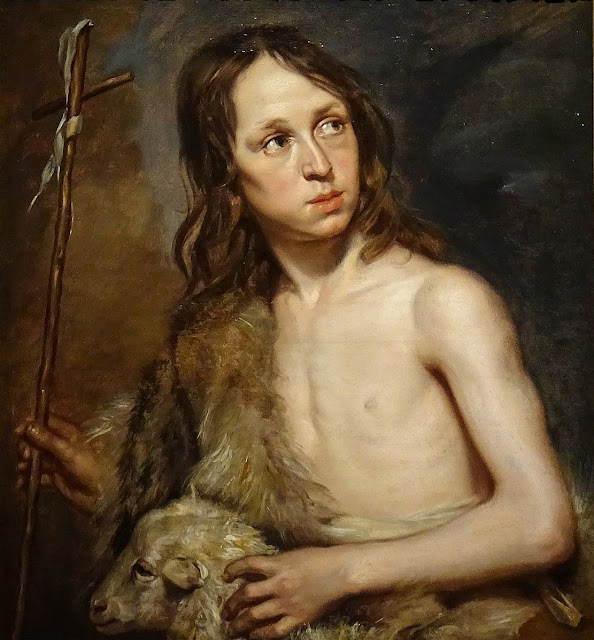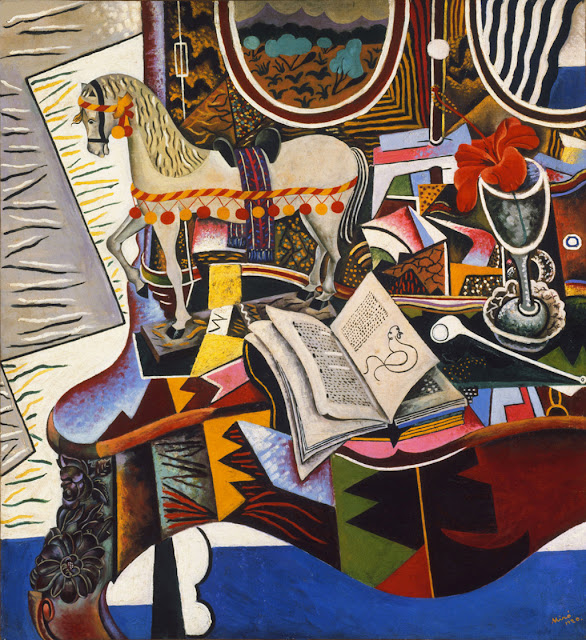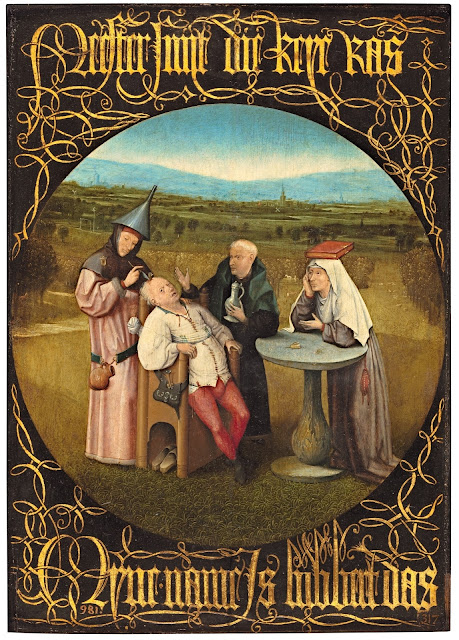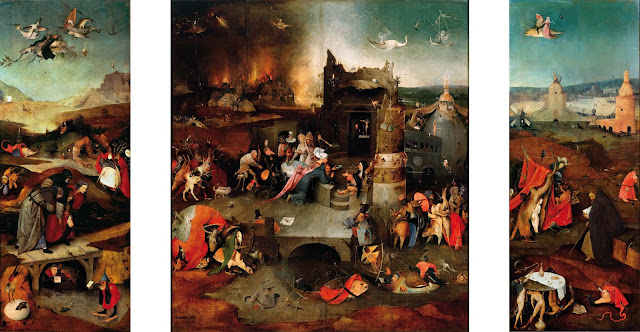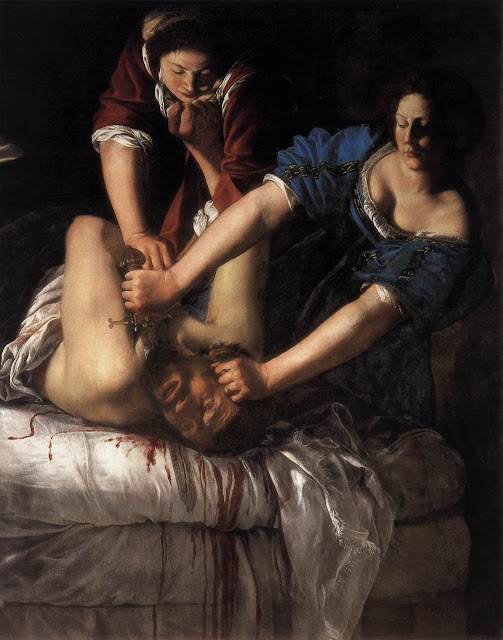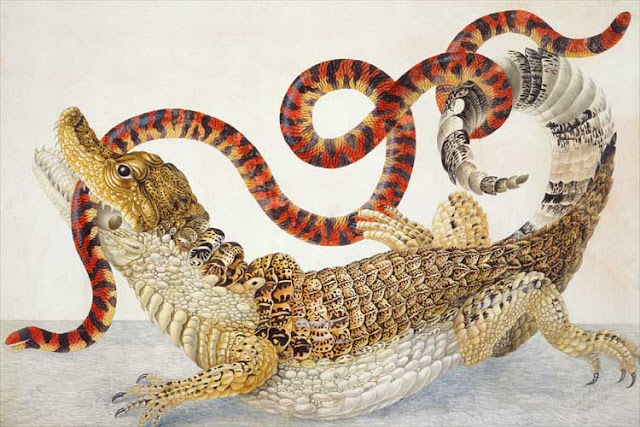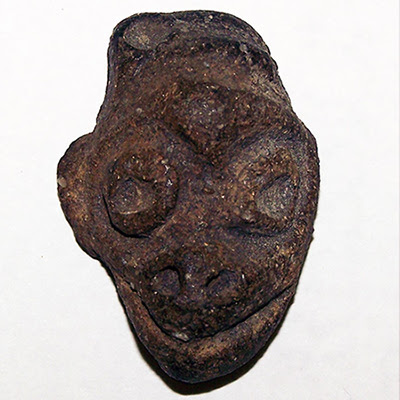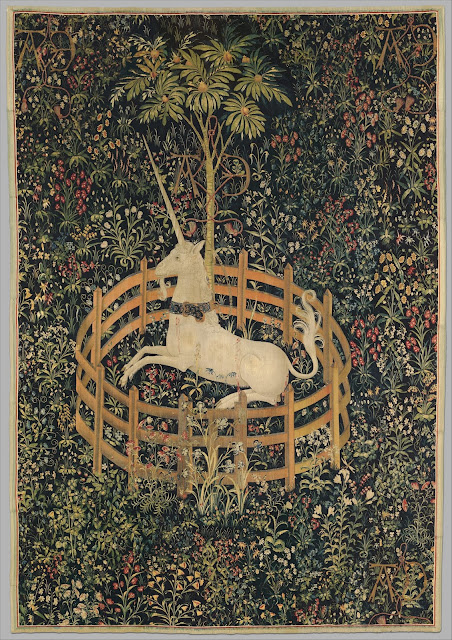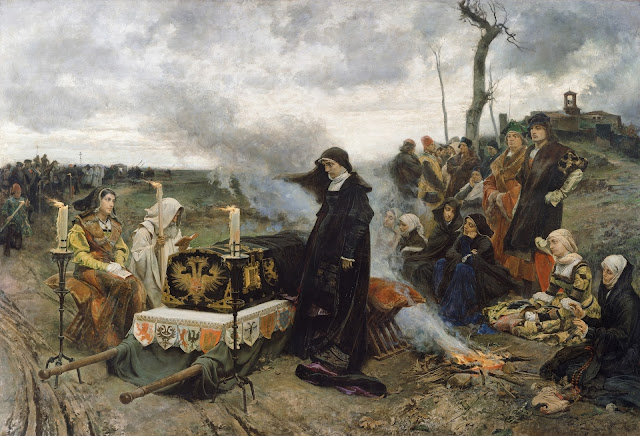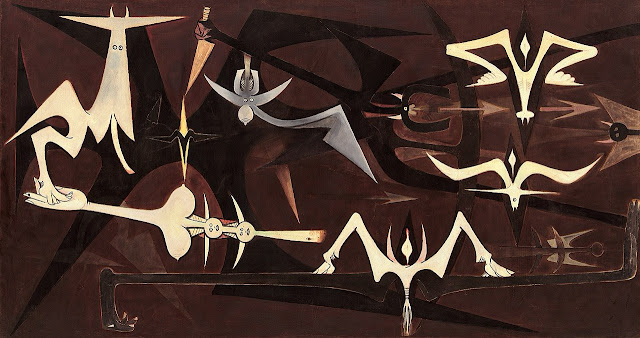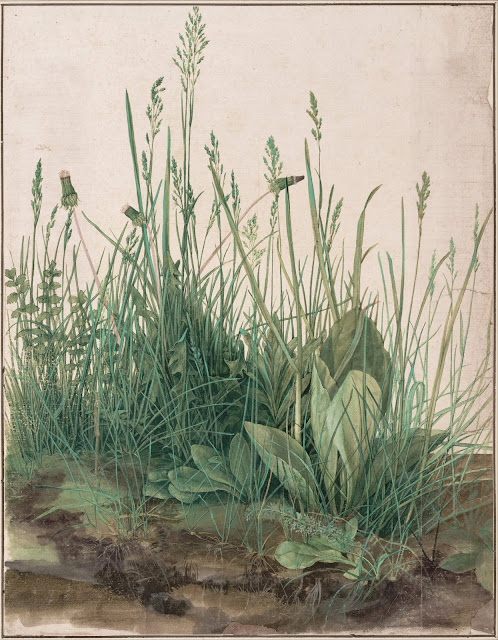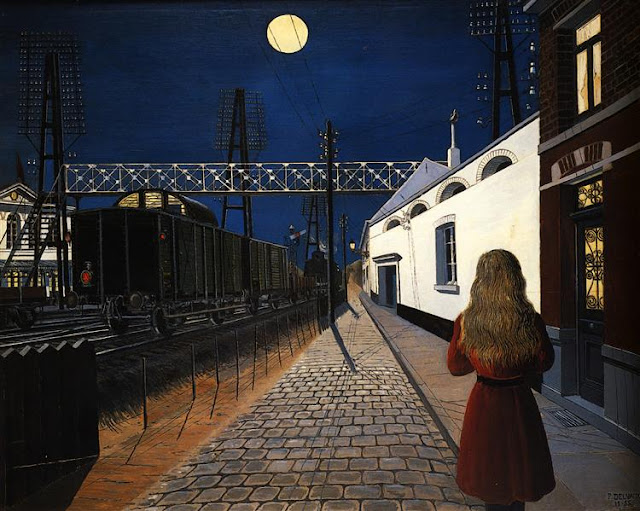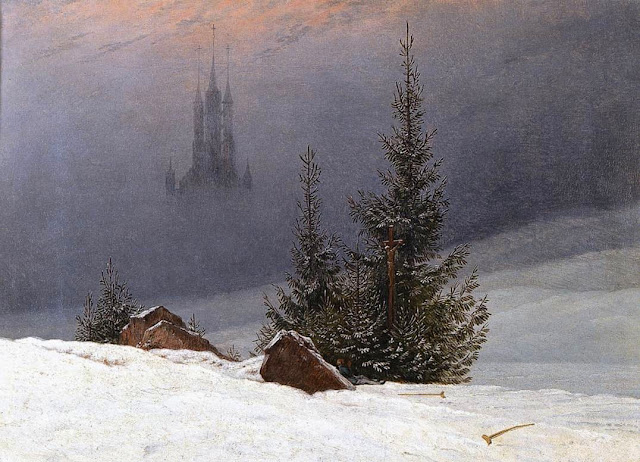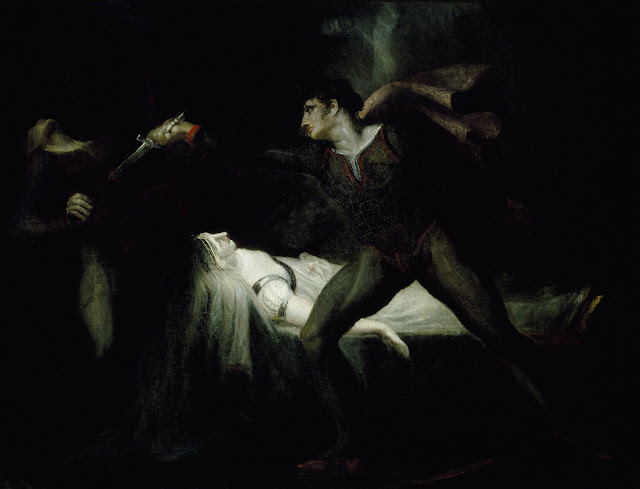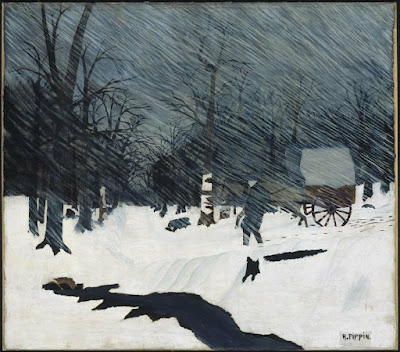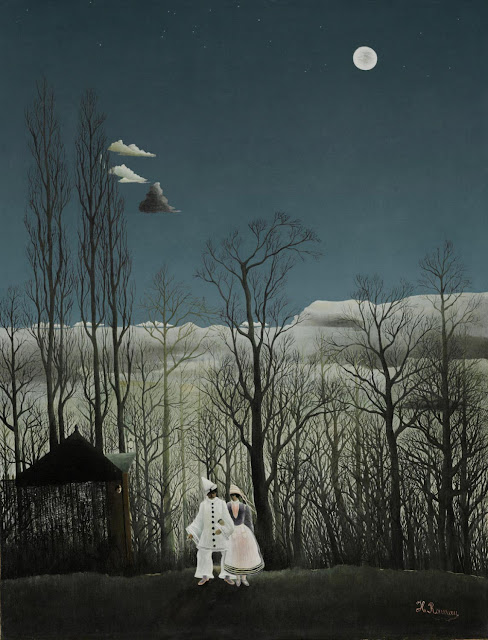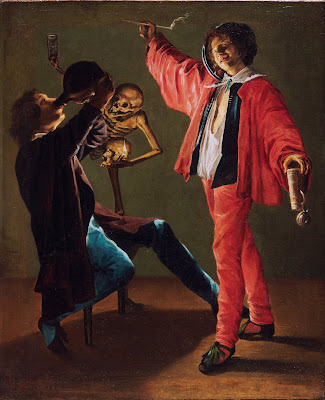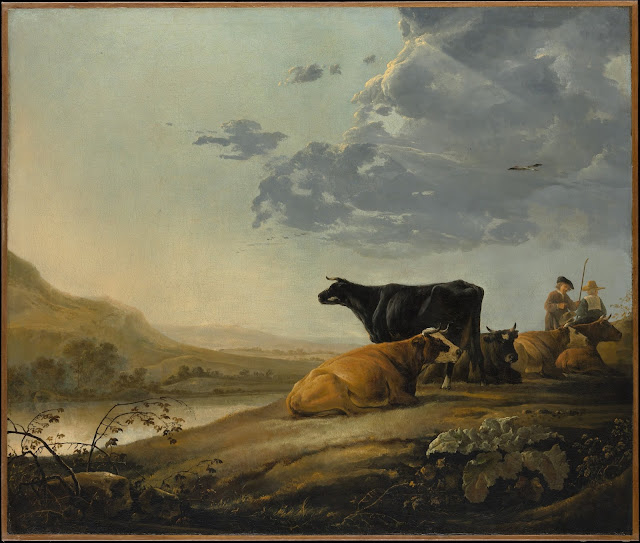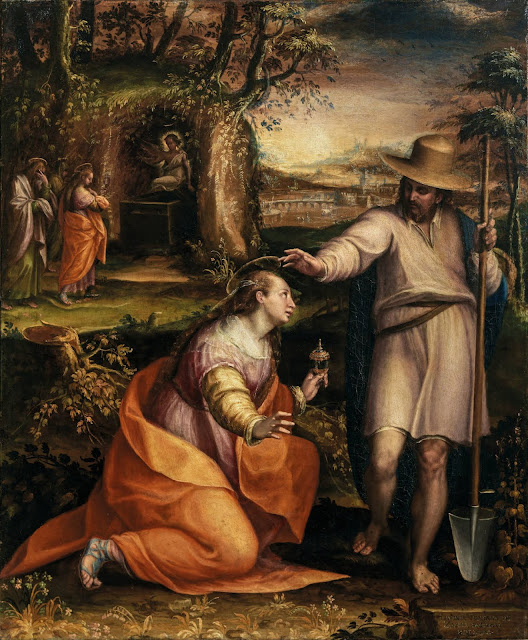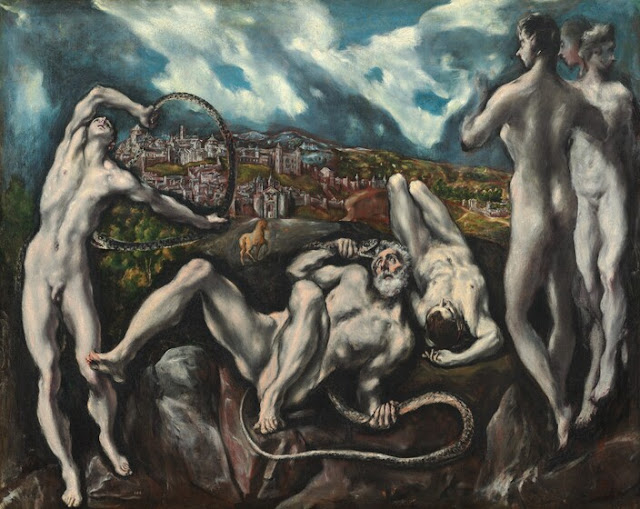Madonna of Port Lligat by Salvador Dalí (Interpretation and Analysis)
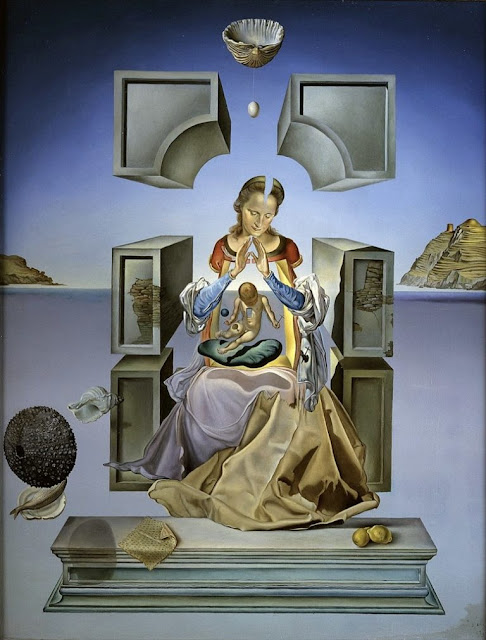
Madonna of Port Lligat Source: Haggerty Museum of Art Among modern artists, there is perhaps no one individual as recognizable or as eccentric as Salvador Dalí (he kept both anteaters and ocelots as pets, for starters). Dalí’s “melting clocks” (an aspect of his painting The Persistence of Memory ) have become well established in pop culture, allowing him to become a household name throughout the Western world. I’m typically not a big fan of Dalí’s work, but I was struck by one of his paintings that I encountered recently while doing research on another piece of art. The piece is entitled the Madonna of Port Lligat , and I think it’s rather fascinating. Dalí was interested in discovering the power behind images. This led him to explore religious themes in his work, through which he attempted to access a spiritual connection to the power they contained. In essence, Dalí used art to forge a mystical connection to what he perceived to be divine. In Madonna of Port Lligat , Dalí per
